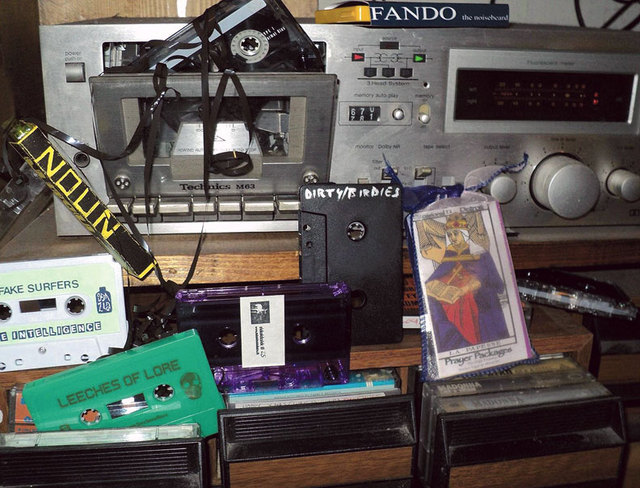Aural Fixation: The Culture Of Cassette Tapes
The Culture Of Cassette Tapes


Latest Article|September 3, 2020|Free
::Making Grown Men Cry Since 1992

